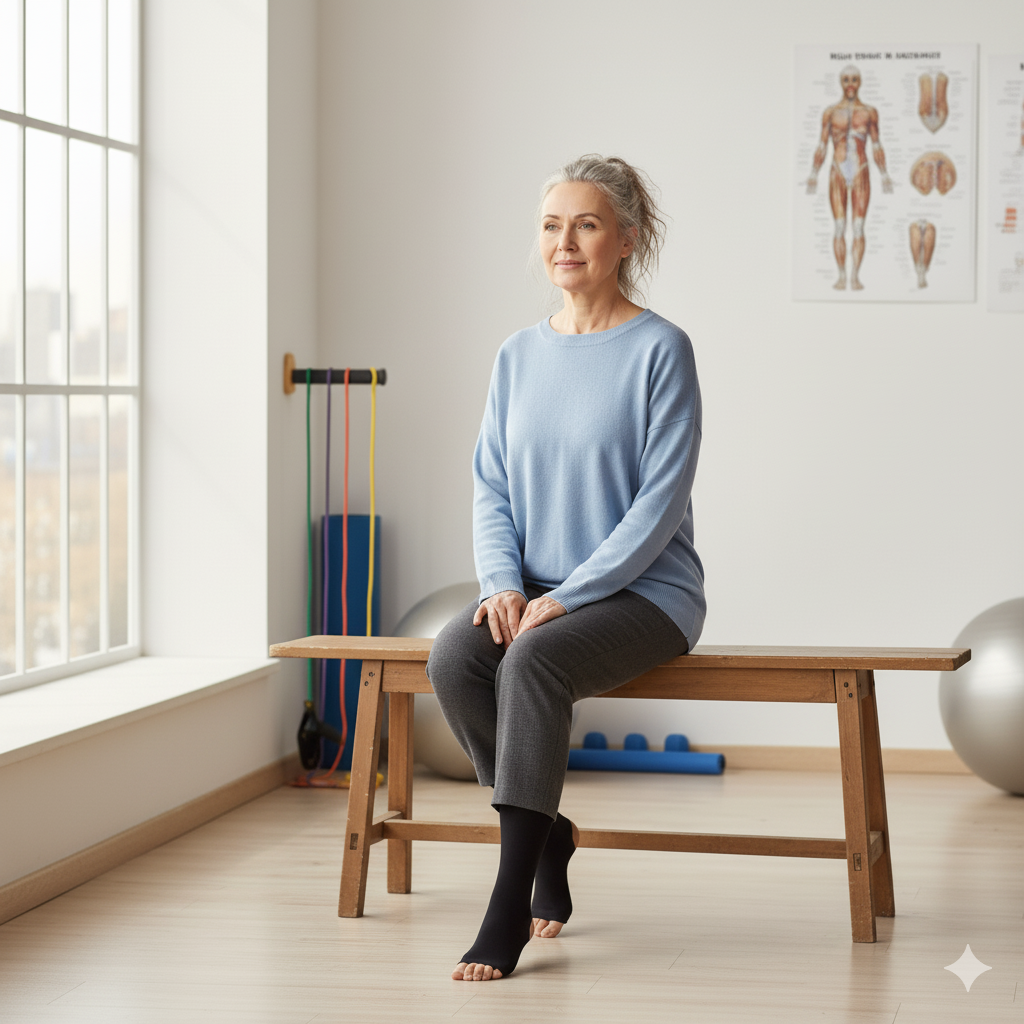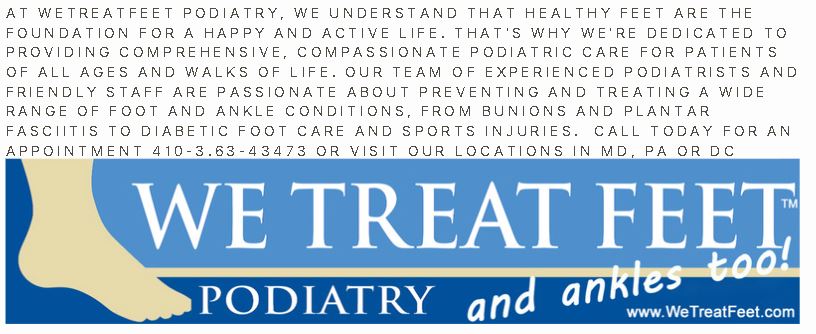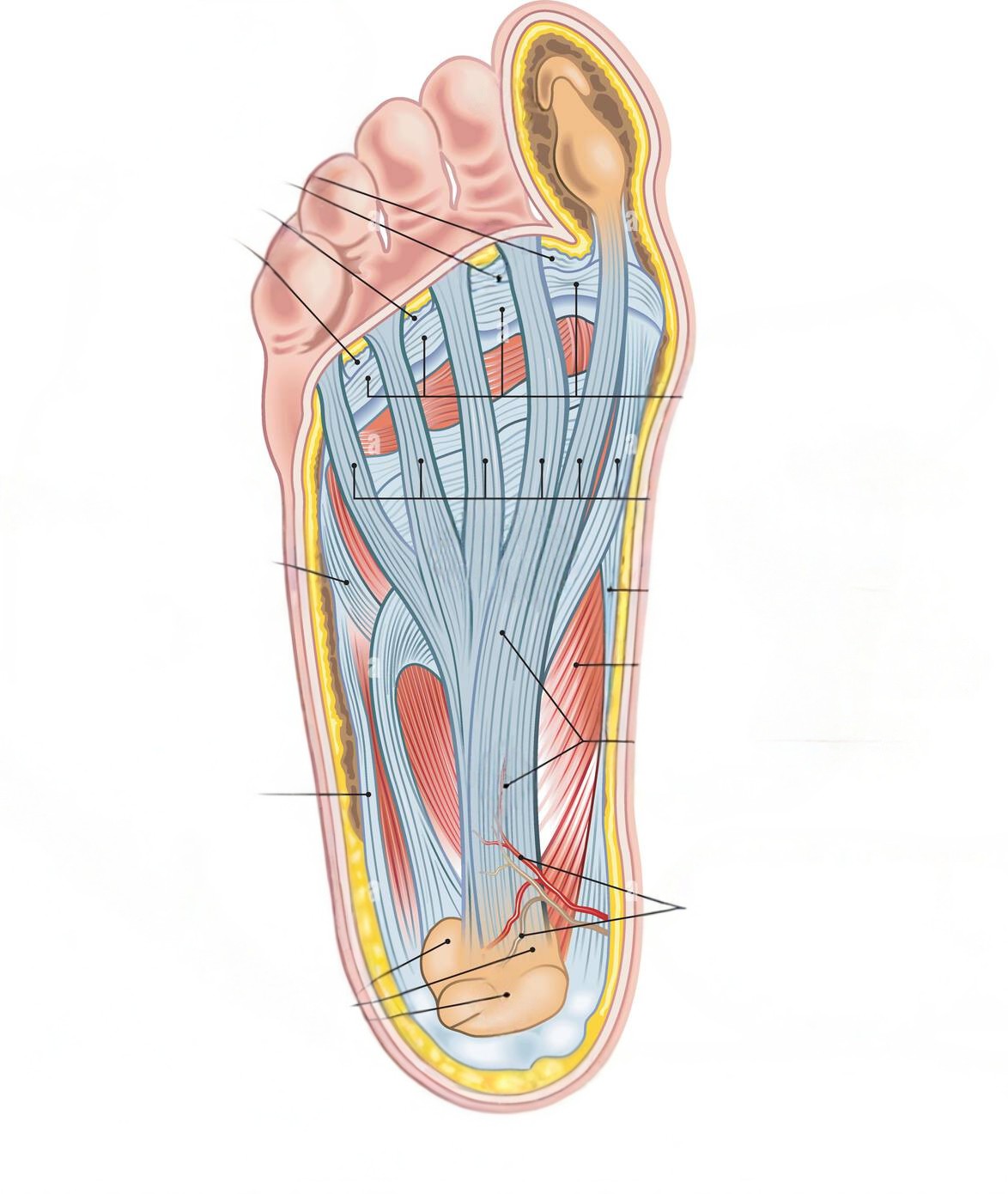
Our Guide to Compression Socks: How Do Compression Socks Work? Understanding Graduated Compression Technology
Compression socks utilize graduated compression technology to improve blood circulation and venous return throughout your lower extremities. These specialized medical garments apply the highest pressure at the ankle, typically ranging from 15-40+ mmHg, that gradually decreases as it moves up the leg. This creates a pressure gradient that optimizes blood flow and enhances your body’s natural circulatory processes.
The compression mechanism works by compressing superficial veins, lymphatics, and leg muscles to redirect blood flow into deeper, larger veins. This process enhances the calf muscle pump system for improved venous return to the heart while counteracting gravity’s effects on blood circulation in your lower legs. The external pressure supports one-way venous valves that prevent blood from pooling in your extremities, which is particularly important because unlike deep veins that benefit from muscle contractions, superficial veins rely heavily on external pressure and valve function. Compression socks provide this crucial external support, reducing venous pressure and improving overall circulatory efficiency.
If you’re experiencing leg pain, swelling, or varicose veins, we encourage you to schedule a consultation with our WeTreatFeet Podiatric specialists to determine if compression therapy is right for you. Our team can assess your individual needs and provide personalized recommendations for optimal results.
Our Guide to Compression Socks: Proven Benefits of Compression Socks: What Clinical Evidence Shows
Compression therapy offers clinically-proven improvements for your vascular health through enhanced blood flow and oxygen delivery. These specialized garments improve circulation, ensuring your tissues receive optimal oxygen while efficiently removing metabolic waste products like lactic acid. Patients consistently report experiencing relief from that heavy, achy sensation in their legs while preventing edema and discomfort during long days on their feet or extended periods of sitting.
One of the most significant benefits of compression socks is their ability to prevent blood clots. By keeping blood moving rather than pooling, compression socks significantly reduce your risk of deep vein thrombosis (DVT), especially during travel or periods of immobility. This makes them essential for anyone facing prolonged sedentary periods, whether due to air travel, desk work, or post-surgical recovery.
Our Guide to Compression Socks: Our patients use compression therapy to manage a wide range of medical conditions including varicose veins and spider veins, chronic venous insufficiency, deep vein thrombosis prevention, lymphedema and edema reduction, post-surgical recovery and healing, and leg ulcers and wound prevention. The therapeutic applications are extensive and backed by decades of clinical research demonstrating their effectiveness in improving venous health.
Athletes and active individuals also benefit significantly from compression therapy. They report reduced muscle oscillation during high-impact activities, decreased delayed onset muscle soreness (DOMS) after workouts, faster post-exercise recovery times, and improved endurance during prolonged physical activity. Studies demonstrate that compression socks can make a measurable difference in athletic performance and recovery markers.
Our Guide to Compression Socks: Compression Socks Buying Guide: What to Consider Before Purchase
Proper fitting is absolutely critical for both the safety and effectiveness of compression therapy. Measurement timing matters significantly because you should take measurements in the morning when swelling is minimal for the most accurate sizing. The key measurements include ankle circumference at its narrowest point, which is the most important measurement, calf circumference at its widest point, and leg length depending on the sock style you need.
When evaluating compression socks, look for essential material and construction features that ensure comfort and effectiveness. Quality compression garments feature moisture-wicking fabrics to keep legs dry and comfortable throughout the day, seamless toe construction to prevent blisters and irritation, and hypoallergenic materials for those with sensitive skin. Most importantly, look for graduated compression specifically marked on the packaging rather than uniform compression throughout the sock, as graduated compression is what provides therapeutic benefits.
Quality indicators for long-term use include clear compression level labeling with mmHg ratings, durability through multiple wash cycles, appropriate length for your specific needs, and medical-grade certification for therapeutic applications. Investing in high-quality compression socks ensures you receive consistent therapeutic pressure and value for your investment.
Our Guide to Compression Socks: Compression Levels Explained: mmHg Ratings & Medical Applications
Understanding compression levels measured in millimeters of mercury (mmHg) helps you choose the right therapeutic pressure for your condition. Compression levels range from light support suitable for prevention to medical-grade compression designed to treat serious venous conditions. Here is the information for Our Guide to Compression Socks:
Light compression at 8-15 mmHg provides general leg comfort and fatigue relief, making it ideal for preventive care in healthy individuals. This level works well for long flights and travel, prolonged sitting or standing at work, and general wellness support. No prescription is required for this level, making it accessible for anyone seeking to maintain healthy circulation and prevent future problems.
Moderate compression at 15-20 mmHg offers therapeutic benefits for mild to moderate leg swelling, pregnancy support and spider vein prevention, active lifestyles and athletes, minor varicose veins, and daily wear for circulation support. Over-the-counter availability makes this the most popular compression level among our patients, as it provides meaningful therapeutic benefits without requiring a prescription while being comfortable enough for all-day wear.
Medical Grade Class I compression at 20-30 mmHg represents the most common medical-grade compression level used for chronic venous insufficiency, moderate varicose veins, post-surgical recovery, sports recovery and performance, and DVT prevention during travel. This level may require professional fitting to ensure proper application and effectiveness, and many patients find this level provides the optimal balance of therapeutic pressure and wearability.
Medical Grade Class II compression at 30-40 mmHg addresses more severe conditions including severe varicose veins and venous disease, lymphedema management, post-thrombotic syndrome, and severe edema. This level requires medical supervision and proper arterial assessment before use to ensure it’s safe and appropriate for your circulatory system. Never use this compression level without consulting a healthcare provider first.
Medical Grade Class III compression at 40-50 mmHg is reserved for severe conditions including advanced lymphedema, severe venous stasis ulcers, and critical venous insufficiency. A physician prescription is required for this compression level, and professional fitting is essential to prevent complications and ensure therapeutic effectiveness.
Here is our recommendation for off the shelf stockings!
Our Guide to Compression Socks: Do Compression Socks Help Post-Run Recovery? What Research Shows
Clinical studies demonstrate that compression socks significantly improve post-exercise recovery markers 24-48 hours after strenuous activity. Research confirms measurable reductions in muscle soreness and tightness, perceived exertion levels, inflammation markers, and recovery time between training sessions. This evidence-based support makes compression socks a valuable tool for serious athletes and weekend warriors alike who want to optimize their recovery and get back to training faster.
Compression therapy accelerates recovery through several proven mechanisms. Enhanced blood flow facilitates faster removal of metabolic waste products including lactic acid and cellular debris that contribute to soreness and fatigue. Improved oxygen delivery means better nutrient and oxygen supply to support muscle regeneration and tissue repair processes. Reduced muscle inflammation through decreased swelling and inflammatory response minimizes damage and accelerates healing, allowing you to train harder and more consistently.
Our Guide to Compression Socks: recommends that for maximum recovery benefits, choose 15-20 mmHg compression for general athletic recovery, as this provides therapeutic pressure without being overly constrictive. Ensure proper fit to avoid restricting circulation, which could counteract the benefits. Wear compression socks for 2-4 hours post-exercise or even overnight for maximum recovery benefit. Combine compression with proper hydration, nutrition, and adequate rest for optimal results. Consider ice baths or contrast therapy for additional benefits, as compression works synergistically with other recovery modalities.
Athletes seeking to optimize performance and recovery should schedule a sports medicine consultation to learn how compression therapy can enhance your training regimen. Our team understands the demands athletes place on their bodies and can recommend compression strategies that fit seamlessly into your training and recovery protocols.

Our Guide to Compression Socks: Frequently Asked Questions About Compression Socks
Q: Can I wear compression socks all day? A: Yes, most people can safely wear properly-fitted compression socks throughout the day. Remove them at night unless directed otherwise by your physician.
Q: How long do compression socks last? A: Quality compression socks typically maintain their effectiveness for 3-6 months with daily wear and proper care.
Q: Will insurance cover compression socks? A: Many insurance plans cover medical-grade compression stockings when prescribed by a physician for a medical conditions. Contact our office to verify your coverage.
Q: Can compression socks be harmful? A: When properly fitted and appropriate compression levels are used, they’re very safe. Avoid wearing compression that’s too tight or using high compression without medical guidance.
Q: Should I wear compression socks during exercise or after? A: Both! Wearing them during exercise can improve performance, while post-exercise wear enhances recovery. Many athletes do both for maximum benefit.



